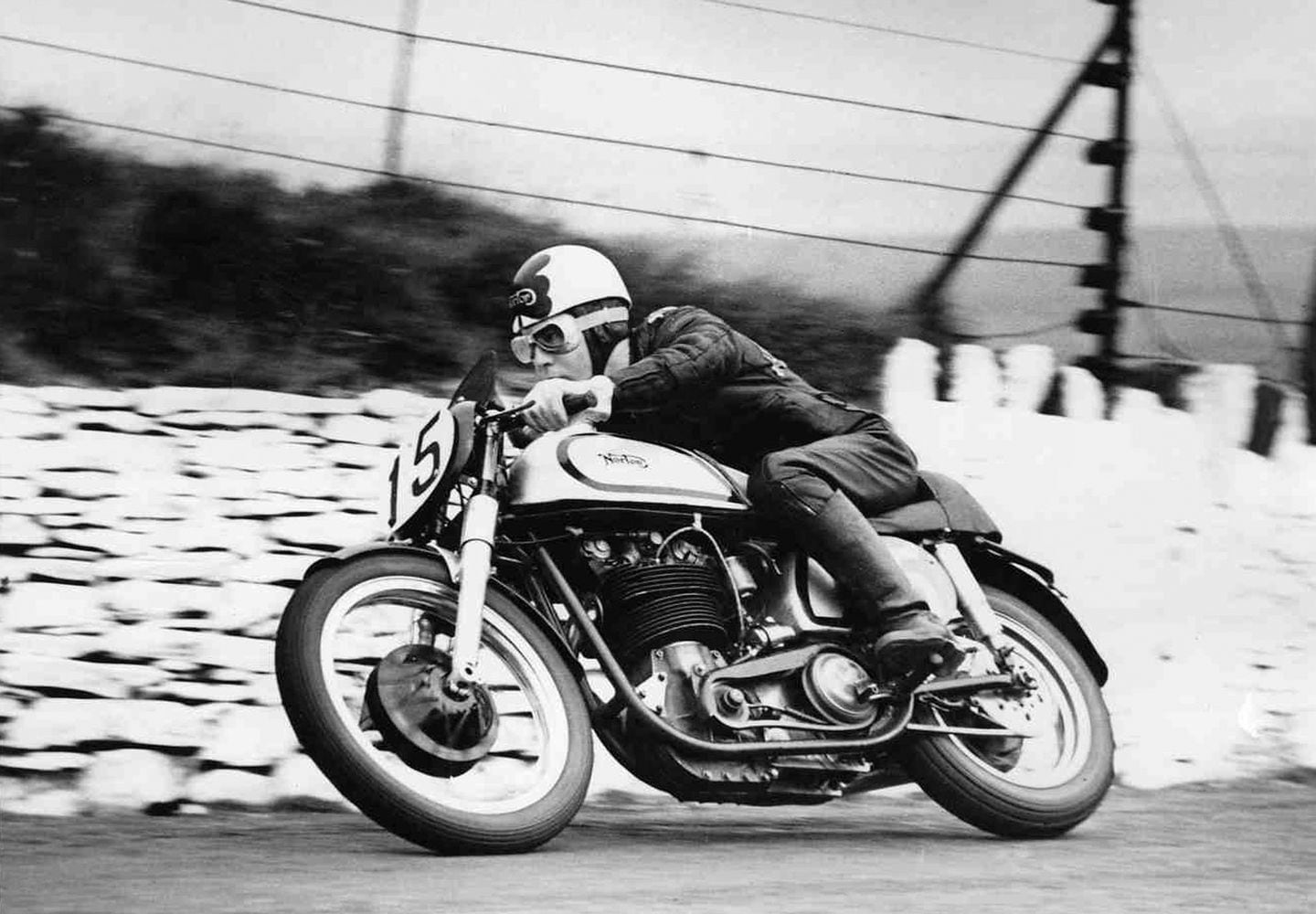Interesting stuff there. How does T45 stack up in your comparison above? It’s a popular with several builders I believe.
I read years ago that the original 531 frames were supposed to be re annealed every couple of seasons and replaced after a certain time. Anyone know if that’s true or just folklore ?
You know, I'm not very familiar with T45. It's not common in the States. Most, if not all, 4130 and T45 tubes will be seamless drawn, and have similar alloying elements, but the devil is in the details. For instance, 4130 is easier to weld compared to 4140, which is easier to machine, but the differences in the alloying elements are minute. Tiny changes of molybdenum, chromium, manganese, etc, create vastly different working properties.
My "expertise" in metallurgy is only based on my career in steel fabrication, so I only really spend time on things that are directly pertinent to the job at hand, rather than a lifetime of research on alloying theory. How T45 stacks up is not something I've ever spent energy on, but I believe it's not quite as hard and tough as 4130, which would make it easier to form. Don't know how it fusion welds, but I'd guess by the European popularity, it welds well. I'd be happy to learn if anyone has first-hand experience.
I'd guess if one were to re-anneal a complete bike frame, you'd be looking to reintroduce some ductility to the work hardened areas of the frame, making the entirety a bit softer. I would expect better results from heat treating a frame to make it harder/tougher and just retiring the frame after a number of years of hard racing. Then again, if the bike has one of those turnbuckle head steadies, maybe a bit of softness would be better? In either case, the desired end result would be a more homogeneous structure that would disperse more force throughout, rather than having failure prone heat affected zones (HAZ) at the joints.
Considering Francis Beart used to change
all bearings between
every meet, maybe it's all just superstitious mental hocus pocus, and it doesn't really matter.

 www.cycleworld.com
www.cycleworld.com

